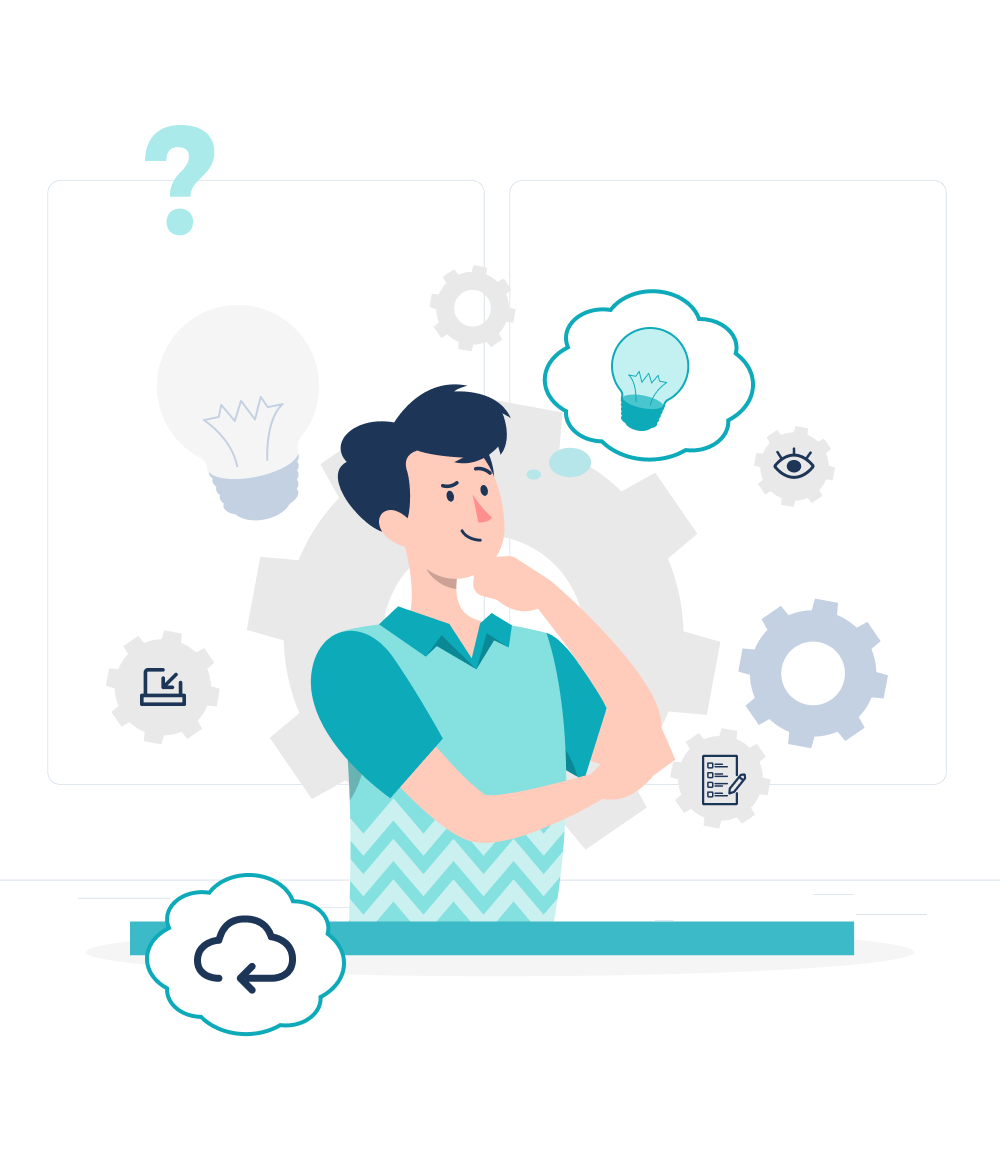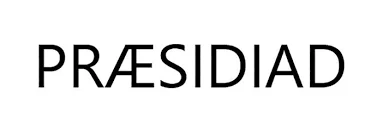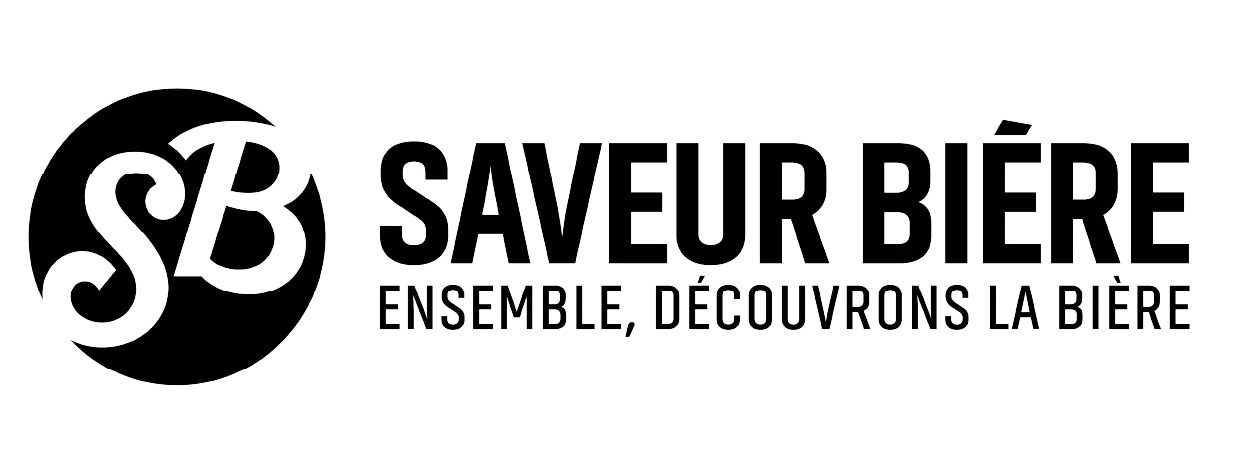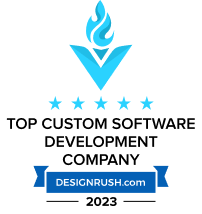The bar for user experience is continually being raised, making it a relentless pursuit of standards and trends. Amidst this chase, one strategy stands out – the methodology known as design thinking.

Design thinking isn't just a buzzword; it's a powerful philosophy, an empathetic approach rooted in the understanding that at the heart of any technological advance, there's always a person who interacts with it. This human-centric framework equips us to dissect complex problems, challenge prevailing assumptions, and unearth novel strategies to create better UX.
If you're eager to uncover the transformative potential of design thinking, then this article is for you. So, buckle up and prepare to immerse yourself in the world of design thinking, where empathy meets innovation, and user experience transforms from mere functionality to a delightful masterpiece.
What is Design Thinking?
Design thinking is a problem-solving approach that champions understanding the user, challenging assumptions, and redefining problems to develop innovative solutions. In its essence, design thinking is about adopting a beginner's mindset, asking open-ended questions, and keeping the user's needs at the forefront. It's about creating a balance between intuition and logic, creativity and analytics, and exploration and execution.
The Evolution of the Design Thinking Model
The origins of design thinking can be traced back to the 1950s and 1960s when pioneers in the fields of science, engineering, and architecture began to shift their approach towards problem-solving. They started to view it as a creative process that involved a deeper understanding of the people for whom they were designing. Notable figures such as Herbert A. Simon and Robert McKim were instrumental in these early stages, advocating for a user-centric, iterative approach to design.
However, it was in the 1980s and 1990s when design thinking began to take a more solidified form, largely due to the efforts of Rolf Faste and David Kelley. They developed a methodology that made the design thinking process more explicit, adaptable, and teachable, propelling it into the mainstream.
From the world of industrial design, methodology made its way into the realm of software in the early 2000s. As the tech industry began to realize that functional utility wasn't enough, they saw the need to create software that was not only functional but also user-friendly and enjoyable. Design thinking, with its emphasis on understanding the user and iterating solutions, provided the perfect approach. Companies like Apple, Google, and Microsoft started to adopt design thinking principles, applying them to create software that was innovative, intuitive, and centered on the user experience.
Today, design thinking has become an integral part of software development. It's no longer just about coding; it's about empathizing with users, defining their needs, ideating solutions, prototyping, and testing—the very stages of design thinking. This holistic, user-centric approach has led to software that is not only efficient and effective but also a pleasure to use, setting new standards in the tech industry.
The Design Thinking Process
At the heart of design thinking lies a robust process, a sequence of steps that form a repeatable model for problem-solving. Each step informs the next, leading to user-centric solutions. Here, we explore this journey, with a detailed look at each step and its significance.

- Empathize
The first step in the design thinking process is all about gaining an empathetic understanding of the user's problem. It's about setting aside our assumptions and adopting a fresh perspective. Methods for this phase could include interviews, observations, and immersion. For example, imagine you're designing an app to help elderly people with their grocery shopping. You might spend time observing their current shopping practices, or even accompany them on a shopping trip to understand their challenges and preferences better.
- Define
Once you've gathered substantial user insights, the next step is to define the user's needs and problems. This phase is crucial for establishing a clear and focused problem statement. Continuing the example above, you might define the problem as: "Elderly people struggle with technology and need a user-friendly app to assist them with grocery shopping."
- Ideate
Now comes the phase of ideation, where you start generating creative solutions to the problem. No idea is too outrageous in this phase; the goal is to explore the breadth of possibilities. In the context of our example, ideas could range from voice-assisted shopping lists, and personalized grocery recommendations, to virtual reality shopping experiences.
- Prototype
The promising ideas from the ideation phase are now turned into tangible prototypes. These are simple and inexpensive versions of the product that help you investigate the solutions and their feasibility. For the grocery app, prototypes might include a series of wireframes or a click-through model of the app.
- Test
The final step is to test the prototypes with your users. This is where you learn what works, what doesn't, and how you can improve your solution. Based on the feedback from the elderly users, you might refine your app, perhaps simplifying its features or improving its voice-assistant capabilities.
Each step in the design thinking process is a crucial cog in the problem-solving machine. It's not merely about reaching the end goal; it's about the journey—understanding the users, defining their needs, brainstorming innovative ideas, creating prototypes, and continually refining the solution based on user feedback. This road is what makes design thinking such a powerful tool for enhancing UX.
Tools of Design Thinking
Imagine design thinking as a trek into the wilderness of creativity. And like any seasoned explorer, you need the survival kit of tools. In the next paragraphs, we're going to delve into two major components of our toolkit.
First, we'll unpack the creative techniques and methodologies that act as our guide, helping us navigate the intricacies of the design thinking process:
- Empathy Maps
An empathy map is a tool used in the empathize phase to gain a deeper insight into the user's world. It usually divides into sections like 'think and feel,' 'see,' 'say and do,' and 'hear,' capturing the user's perspective comprehensively. For instance, in a project to redesign a hospital's patient intake process, an empathy map would help the design team understand patients' feelings and needs better, enabling a more compassionate approach.
- Persona Creation
Personas are fictional characters created to represent different user types. They help the team to visualize the user, understand their needs, experiences, behaviors, and goals. In a project to design a fitness app, for example, personas could range from 'Fitness Freak Frank' who wants detailed tracking of her workouts, to 'Casual Cassie' who just wants to get a bit more active.
- Brainstorming
A classic tool used in the ideate phase, brainstorming encourages free thinking and spontaneous ideas. It can involve various techniques such as mind maps, SCAMPER (Substitute, Combine, Adapt, Modify, Put to another use, Eliminate, Reverse), and Worst Possible Idea sessions. In a project to improve a restaurant's digital ordering system, a brainstorming session could lead to ideas like personalized menus, virtual food tasting, or AI-based order suggestions.
- User Feedback Methods
User testing often involves tools like interviews, surveys, and usability tests to gather user feedback. These tools help gauge user reaction and inform further iterations of the prototype.
Enhancing the Design Thinking Process with Modern Digital Tools
As we step into the next chapter of our design thinking trek, we find ourselves venturing into the vibrant digital landscape. Some many useful tools and products serve as practical aids in our process, boosting productivity, fostering collaboration, and ultimately enhancing the outcome. So, let's delve deeper into this essential part of our toolkit and discover the key digital aids that can elevate each step of the process.

Empathize: Unlocking Needs and Pain Points
- UserTesting: Real-time feedback for a deeper understanding of user experiences.
- SurveyMonkey: Versatile custom surveys for gathering qualitative data on user needs.
Define User Needs with Project Management Tools
- Trello: Organize and prioritize user needs, and collaborate with the team.
- Miro: Collaborative whiteboard for visualizing user data and defining problems.
Ideation Unleashed: Visualize, Explore, Share
- MindMeister: Visualize ideas and connections for creative brainstorming.
- Slack: Freely share and discuss ideas through shared channels.
Transform Ideas into Reality: Prototyping Tools for User-Centric Designs
- Figma: Real-time collaboration for efficient design, prototyping, and feedback.
- Adobe XD: All-in-one design and prototyping with a user-friendly interface.
- Sketch: Create interactive prototypes for tangible idea conveyance.
- InVision: Transform static screens into realistic interactive prototypes.
Uncover Usability Issues with User Testing Platforms
- UsabilityHub: Quick, insightful user feedback for improved designs.
- Hotjar: Heatmaps and session recordings for understanding user behavior.
Design Thinking Certification: Prove Your Abilities
Do you seek to expand your skills and knowledge in the world of design thinking? A certification emerges as a valuable option. Certified courses provide a recognized credential, confirming your proficiency in design thinking principles and practices. The benefits of obtaining a design thinking certification (for example GInI Certified Design Thinking Professional CDTP® or DTMethod® Foundation Certificate) are manifold and can significantly impact your professional growth.
Design thinking certification provides tangible evidence of competence, increasing credibility among employers and clients. Connect with a valuable network of design thinking practitioners, gain hands-on experience, and open doors to career opportunities in driving innovation and user-focused solutions.
The certification equips you with powerful tools for structured, empathetic, and innovative problem-solving, making it a valuable investment in professional growth as a proficient design thinker.
Empowering Software Solutions with Design Thinking
Embracing design thinking principles can be a game-changer for both individual designers and software houses alike. By putting the user at the heart of the development process, you can create solutions that are not only functional but also deeply empathetic and enjoyable to use.
At Primotly, we take pride in integrating design thinking methodology and process into our work. Our team is committed to crafting software solutions that truly resonate with our client’s target audiences. By combining creativity, empathy, and iterative problem-solving, we ensure that each product we deliver is a testament to the power of design thinking.
Ready to embark on a design-driven journey with us? Whether you're seeking custom software development, user experience design, or anything in between, our team of experts is here to guide you through the process. Let's collaborate and bring your vision to life, using the transformative potential of design thinking to create software that makes a meaningful impact.
Reach out to us today and let's revolutionize the way you connect with your users!





















